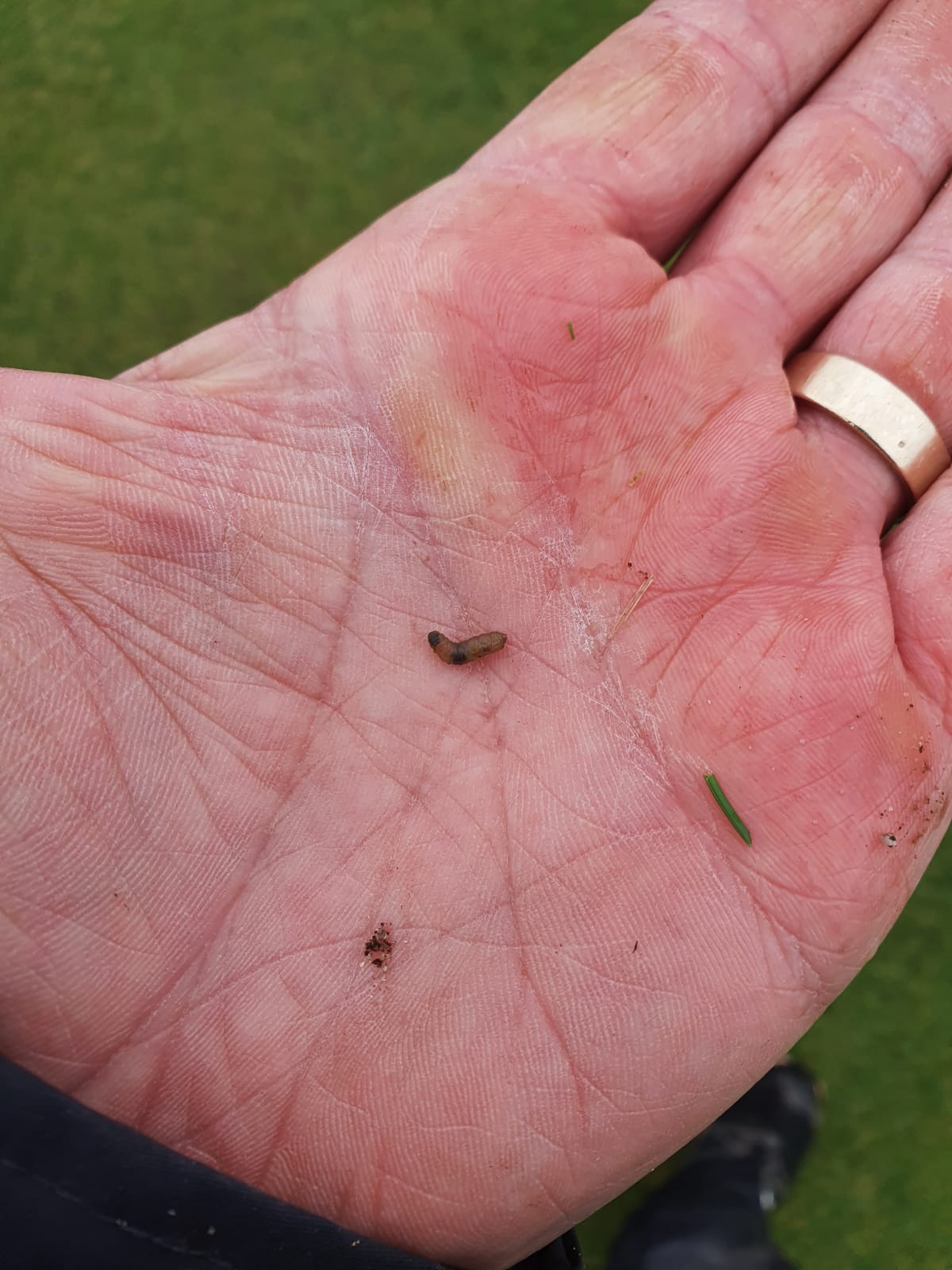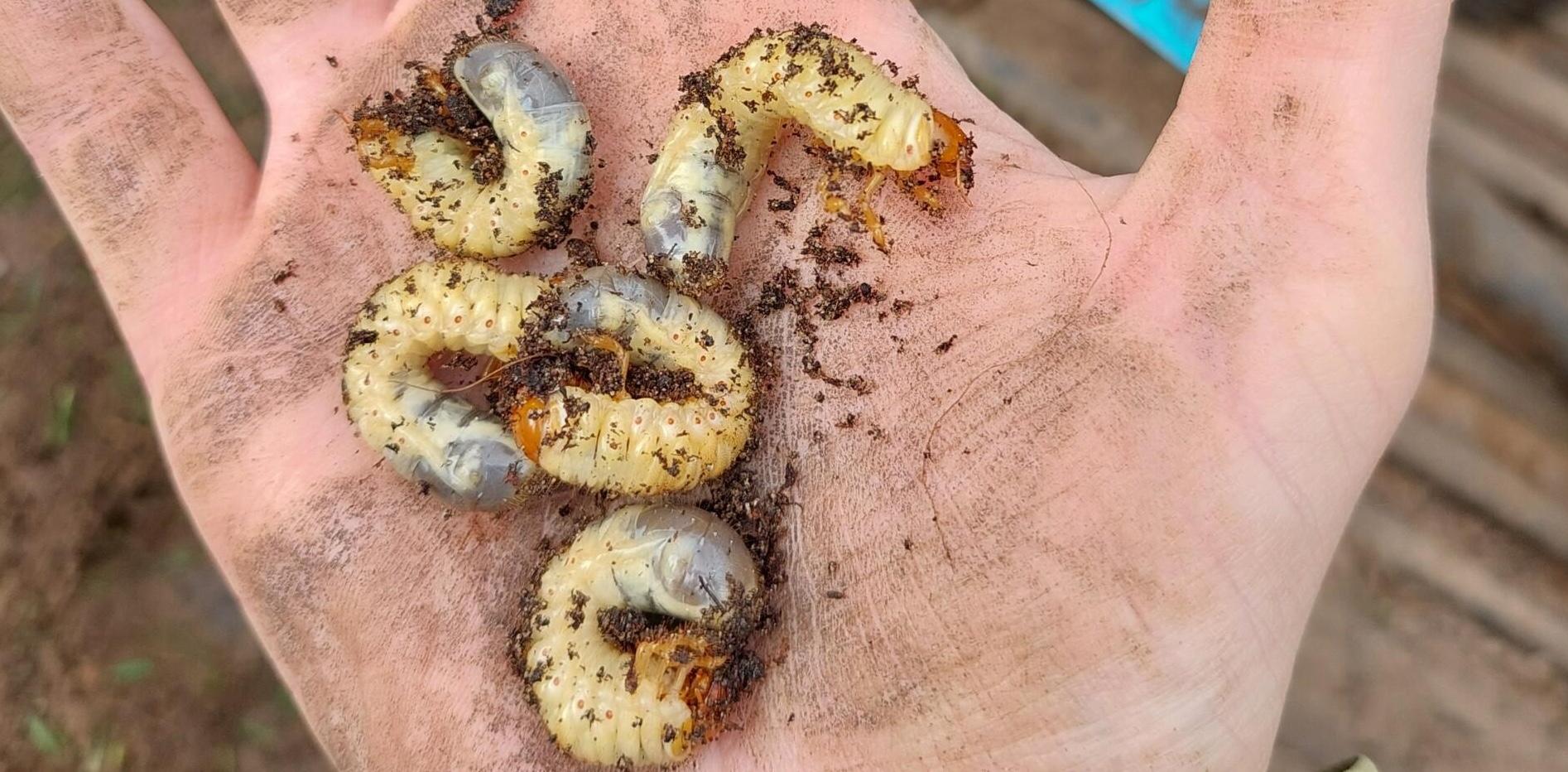It feels too soon but I was getting feedback of leatherjacket damage before Christmas on the South Coast.
Peak flight was 15 weeks ago now and we've only just started to see some cold weather.

The above chart shows how we've had some pretty good growth since the hatch until the Christmas period when the first reports of damage started coming in. Check your growth out on the greencast GDD calculator....
LeatherJackets would have started to feed around the 2nd week of October and been feeding ever since, during that period we've also had pretty good growth as you can see in the above graph.
When you think about it like that, it's hardly surprising that we're starting to see some damage. So what's been going on since the 1st October (average peak flight across UK?).
To start with, the amount of food they were taking on would have been tiny, growth would have been strong and it would have more than coped with the amount of plant loss it was suffering. As time went on, the amount the leatherjackets fed has increased and the moment that growth stopped then we suddenly saw the impact.

We then become reliant on cold weather to calm the activity of them. The more damage I get to study the more I see it's related to temperature, their activity is definitely greater the warmer it is but once we're into good growth the plant can outgrow the damage. So we are faced with a management challenge in the tricky months of December, March, April when temps are high enough for LeatherJacket activity but growth isn't strong enough to out grow the damage.
It's important at this time of the year to establish what sort of population you have. With less tools in your armoury, good monitoring becomes really important in order to make good agronomic decisions to ensure you have the best surfaces possible in the spring.




